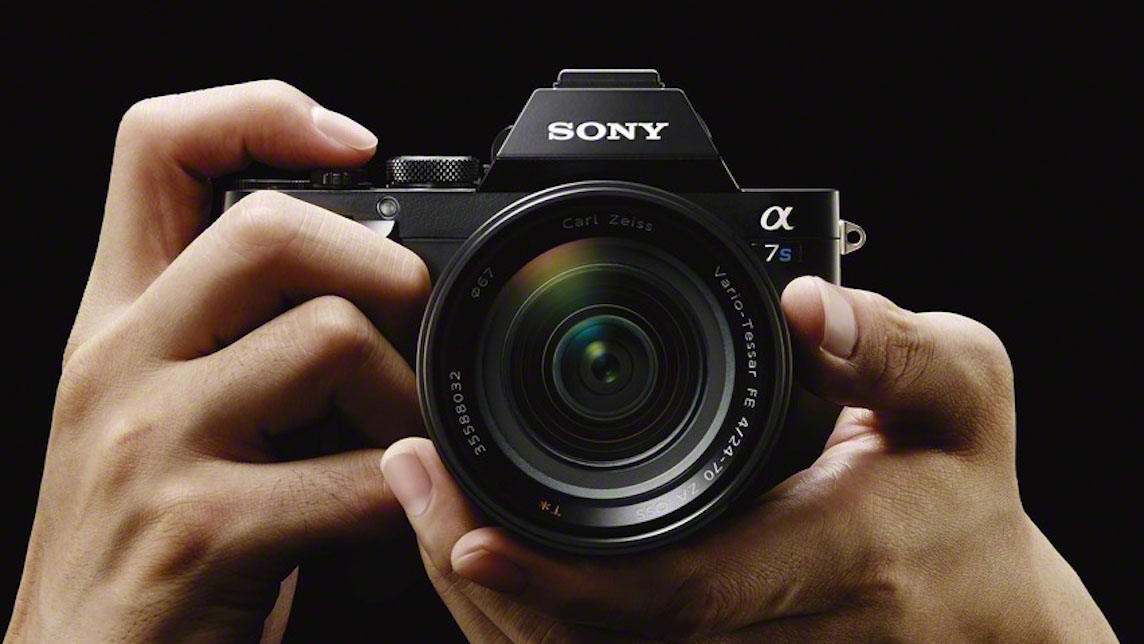Why you can trust TechRadar
As it has a lower pixel count than the A7R II and A7 II, the Alpha 7S II can't resolve as much detail as its stablemates in stills, but there is enough information to make high-quality A3 prints. In addition, its larger photosites really help with noise control and while you wouldn't want to use ISO 409,600 routinely, if you're reporting events in near darkness you'll get something just about recognisable – just as you would from the original A7S.
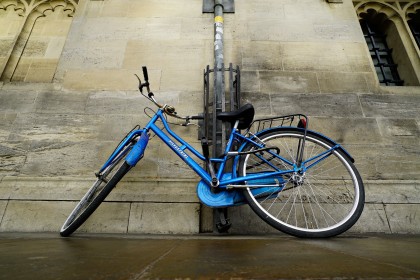
• The tilting screen is useful for composing low-level images, though it can be partially obscured by the electronic viewfinder. Click here for a full size version.
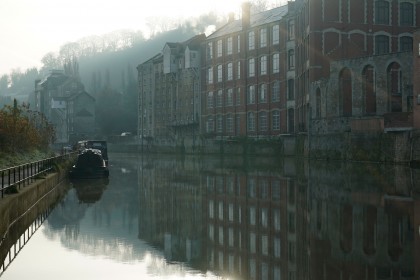
• Despite the bright sky the camera delivered a perfect exposure by itself here, but it's handy to have the exposure compensation dial within easy reach. Click here for a full size version.
Dropping back within the native range to ISO 102,400 produces more acceptable results with granular noise that has no banding or clumping. When shooting stills it's best to keep sensitivity to ISO 25,600 or lower to avoid noise being clearly visible in even-toned areas at normal viewing sizes. Meanwhile videos remain more generally usable when shot at up to around ISO 6,400.
Comparing images with those from the original A7S reveals that the level of detail is very similar, but mid-to-high sensitivity JPEGs have slightly more fine-texture noise visible at 100%. The simultaneously captured raw files have less obvious noise which appears finer grained than in raw files from the A7S. Very high-sensitivity images (JPEG and raw files) look the same from both cameras with respect to noise, but the newer model produces slightly more muted colours throughout the ISO range and does a better job with reds.
In the lab the Mark II camera scored about the same or slightly worse than the original model for stills, which can be taken as confirmation that the A7S II has been further optimised for video. Comparing video footage from the two cameras reveals that their performance is very similar apart from in low light when the new camera produces very slightly better results.
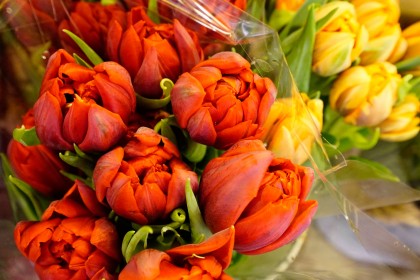
Red is handled better by the A7S II than it is by the original A7S. Click here for a full size version.
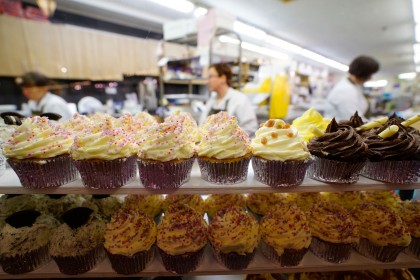
• The auto white balance system has coped well with the fluorescent lighting of the bakery in this indoor market. Click here for a full size version.
The A7S II's colour reproduction is better than the A7S's in low light. Most other cameras lose colour information in super low light, but the A7S II does an impressively good job of hanging onto it.
The quality of the 4K XAVC S video is very impressive and close to that from Sony's larger professional-level video cameras with 10- or 12-bit outputs. The difference is in the amount of colour information and detail in highlights and shadows – even when using the S-Log2 and S-Log3 settings. The A7S II can't quite match it, but it's not very far off despite having just 8-bit output.
Rolling shutter, or jello-effect is also still an issue. It's fine with walking-pace movement, but move up to 30mph or faster and there's noticeable skewing.
When shooting with the Standard Creative Style and auto white balance settings selected in overcast conditions the A7S II tends to produce slightly dull JPEGs and movies, lacking a little saturation and warmth. Switching to the Vivid Creative Style usually produces more pleasing tones, though some colours may be pushed a bit too far and it's worth experimenting with the customisation options. In natural light the Daylight white balance settings tends to produce more pleasing tones – not that this makes much difference when you're shooting raw files.
Video samples
Samples provided by Dan Chung. Dan is editor of Newsshooter and has over 20 years of experience working behind a camera. His career started in photography but evolved into documentary, multimedia and broadcast TV. He shot the first news video on a DSLR and has been on staff at Reuters, The Guardian and CNBC.
Slow burn: Sony a7S II shoots 120 fps in low light with Zeiss Loxia 21 and Milvus lenses
Steve Rawlings juggles for a living. In this slow motion test of the Sony a7S II he tells about how he accomplishes his feats with fire. It was shot internally to SD card in 120fps at 1080p using the 2.2x crop mode for better quality. ISO ranged from 1600 to 6400 depending on the lens used.
The lenses used were the Zeiss Loxia 21mm f2.8, and Milvus 50mm f1.4 and 100mm f2.8 macro with a Metabones EF to E-mount adapter. Interview audio was recorded into the a7S II using a Rode Reporter mic and XLR-K2M audio adapter.
It was shot in S-Log 2, S-Gamut, edited in Premiere Pro and graded using FilmConvert.
Sony a7S II vs a7S 4K high ISO noise tests
At the recent Sony event I attended in Germany Newsshooter compared the a7S II and original a7S cameras side by side in a relatively controlled environment with a model. Both cameras were set in tungsten white balance, S-Log 2, S-Gamut and set to record 4K ProRes HQ externally to an Atomos Ninja Assassin for optimal image quality. The lens was a brand new Canon-fit Zeiss Milvus 50mm mounted on a Metabones MkIV Smart Adapter.
Please note that the a7S was accidentally set at +1 Magenta - which should in theory should have made it less green. Even with this correction it still appears green next to the a7S II.
For the full report please go to newsshooter.com
Current page: Performance: stills and video quality
Prev Page Build and handling Next Page Performance: autofocus and stabilisation